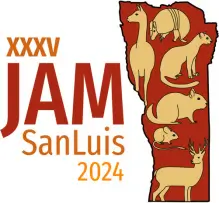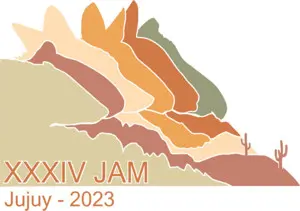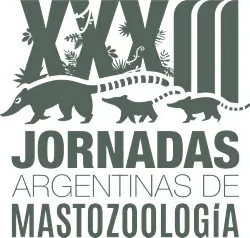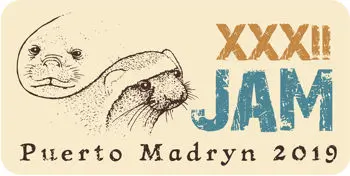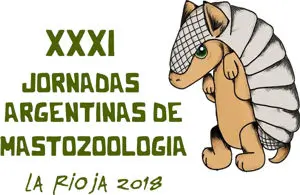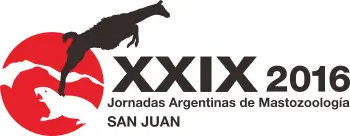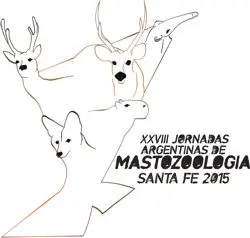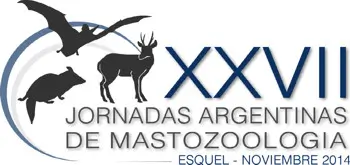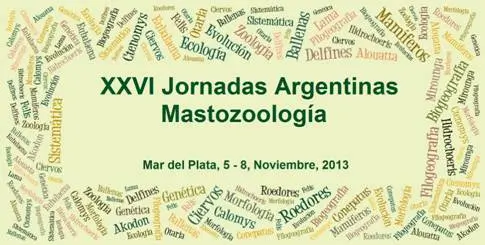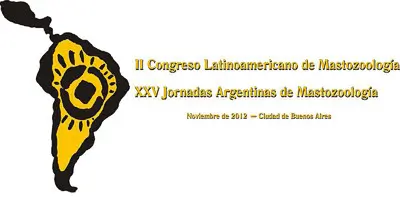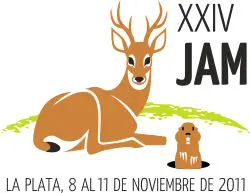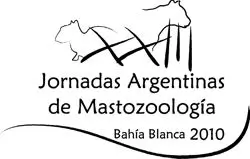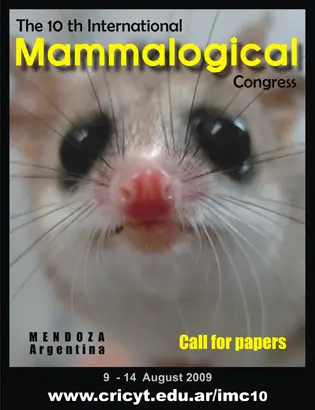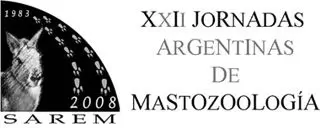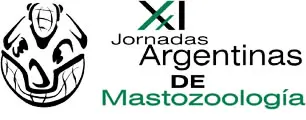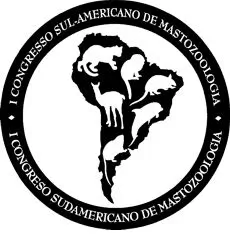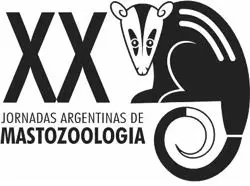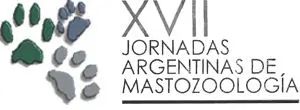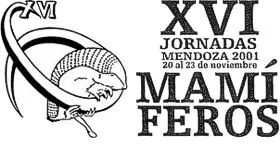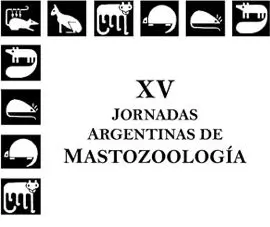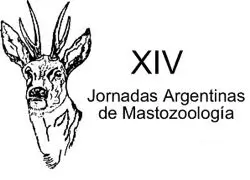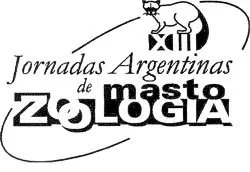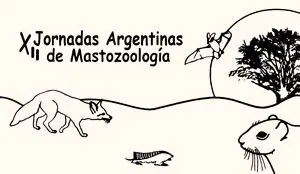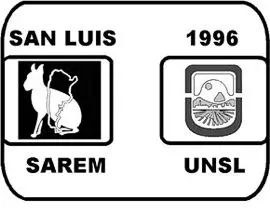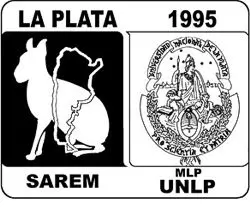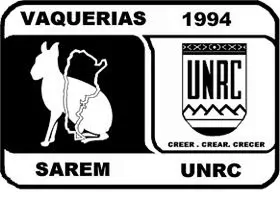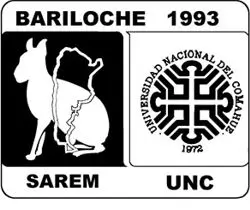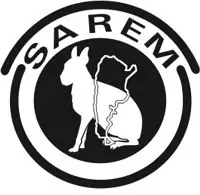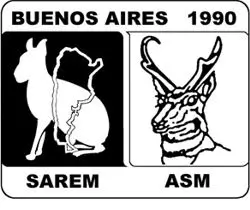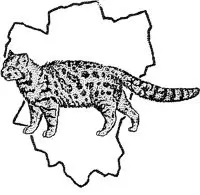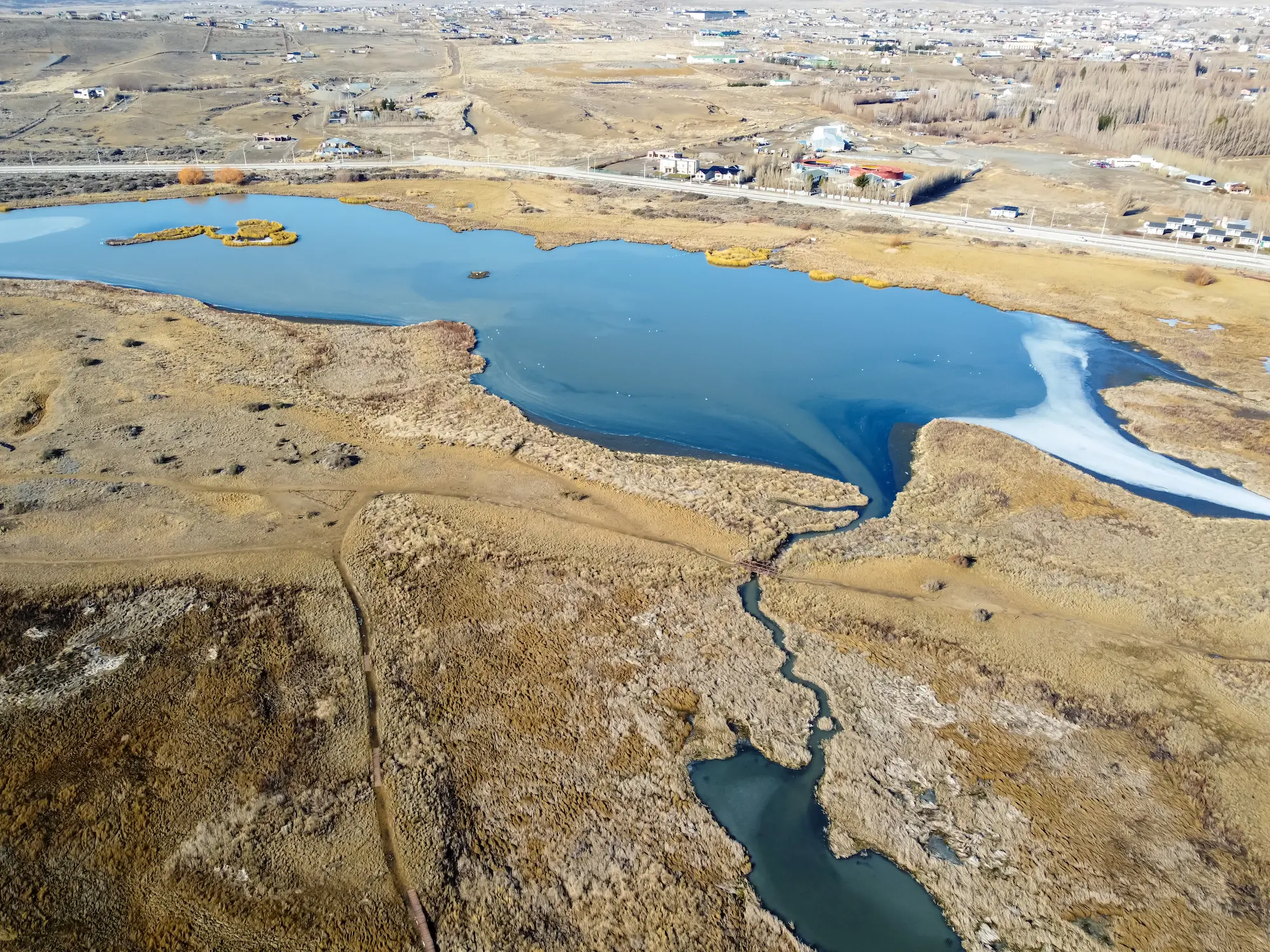

Uneven microclimate influences on small mammals from a savanna hotspot
- Tipo de actividad: Oral
- Palabras clave: environmental changes; rodents; marsupials; Cerrado; habitat
- Autoría: Furtado LO, Silva JC, Rodrigues AC, Fernandes LE, Martins M, Percequillo AR, Durigan G, Carmignotto AP
- Afiliación: Laboratório de Sistemática e Taxonomia de Mamíferos; Universidade Federal de São Carlos (UFSCar) | Programa de Pós-Graduação Interunidades em Ecologia Aplicada; Universidade de São Paulo (USP) | Programa de Pós-Graduação em Ecologia e Recursos Naturais; UFSCar | Programa de Pós-Graduação em Saúde Única; Universidade de Santo Amaro | Programa de Pós-Graduação em Sistemática; Taxonomia Animal e Biodiversidade; Museu de Zoologia da Universidade de São Paulo | Departamento de Ecologia; Instituto de Biociências; USP | Departamento de Ciências Biológicas; Escola Superior de Agricultura “Luiz de Queiroz”; USP | Laboratório de Ecologia e Hidrologia; Instituto de Pesquisas Ambientais
- Email: furtado.lof@hotmail.com
Small mammals are highly susceptible to environmental changes; which influence their activity and distribution. In tropical savannas such as the Cerrado; fire regime disturbances; deforestation; and climate change have altered habitats; contributing to biodiversity loss. Here; we assess how microclimate is associated with species richness and activity of rodents and marsupials across grassland; savanna; and forest habitats in southeastern Cerrado. We surveyed small mammals using live and pitfall traps over 20 nights per site in five localities (20;500 trap-nights). Air temperature and relative humidity were recorded hourly using dataloggers placed 10 cm above ground in each habitat. We applied generalized linear mixed models (GLMMs) to model microclimatic metrics (maximum; minimum; average; and range) separately; allowing comparison of each metric with small mammal variables. Maximum temperature (T_max) was negatively associated with marsupial richness and activity; while minimum temperature (T_min) was negatively related to their activity in grasslands. Temperature range (T_ran) also showed negative associations with marsupial activity in forests; rodent activity in grasslands; and overall richness. T_ran was the best predictor for activity; except for T_max; which better predicted marsupial richness. Average temperature (T_avg) and maximum relative humidity (H_max) showed no association with richness. In contrast; average and minimum humidity (H_avg and H_min) were positively associated with richness; and all three-humidity metrics (including H_max) were linked to rodent activity in grasslands and marsupial activity across habitats. Although H_max showed a stronger association; H_avg was the most consistent predictor of richness and activity. Humidity range (H_ran) showed weak negative associations. Temperature range had stronger associations than absolute values (except for marsupial richness); while for humidity; absolute values were more influential than variability. Elevated temperatures and low humidity were linked to reduced activity of forest marsupials and open-area rodents; suggesting potential ecological risks under increasing habitat disturbance and climate extremes in savannas.

